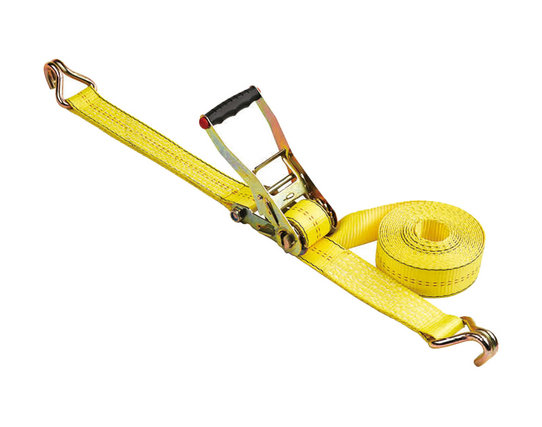-
About Us
Ningbo Baoying Machinery Co., Ltd. was founded in 2010, covers an area of 5000 square meters, with fixed assets of 5 million.
-
Products
Ningbo Baoying Machinery Co., Ltd. are a professional manufacturer of tensioners, cam buckles,hooks, rings, flat hooks, Carabiner/Snap Hook, Shooks, Stainless Steel and other products.

High Quality Ratchet Tie Down Reverse Ratchet Strap Ratchet Tie Down Folding Lifting Mechanism BYRS002-7

Ratchet Buckle BYRB5004 SS

Over-Center Buckle BYOB2501

Cam Buckle 4

E-track Fitting BY012

Triangle Ring BYDR10002

Hareness Buckle BYHB5003

Single Stud Fitting BYOVB000

Forged One Way Lashing Buckle 50mm BYOWB5002 A

Pan Fitting BYPF012
-
Service
With the management concept of "reliable quality and honest service", Ningbo baoying machinery constantly optimize enterprise management, strictly control product quality and better serve customers.
-
News
Breaking News, Latest News and Current News from Ningbo Baoying Machinery Co., Ltd. get more informations from us.
-
Contact Us
Baoying machinery sincerely hopes that foreign customers will work together to create a colorful future world.
 EN
EN CN
CN ES
ES PT
PT



